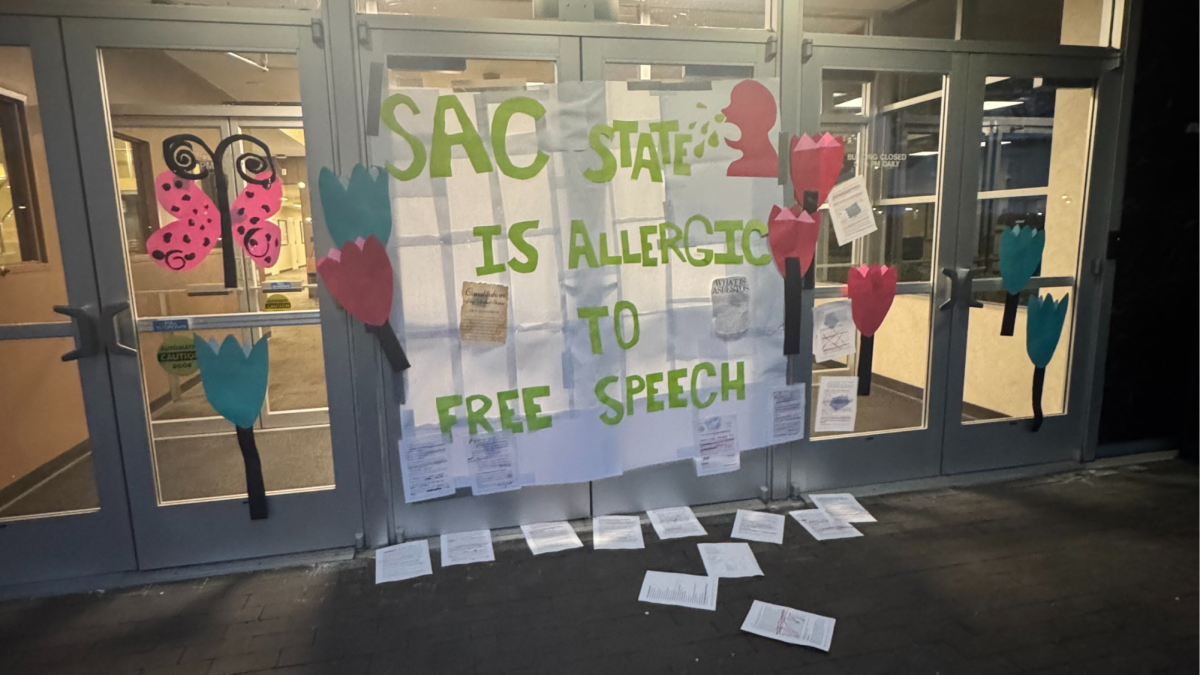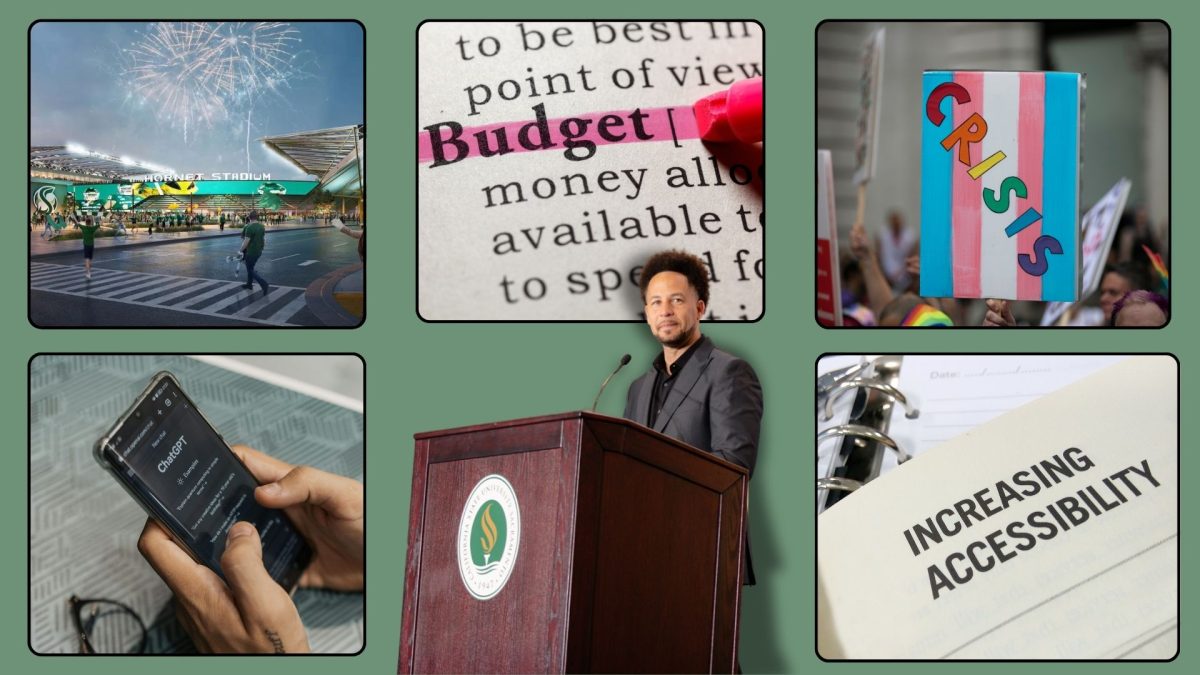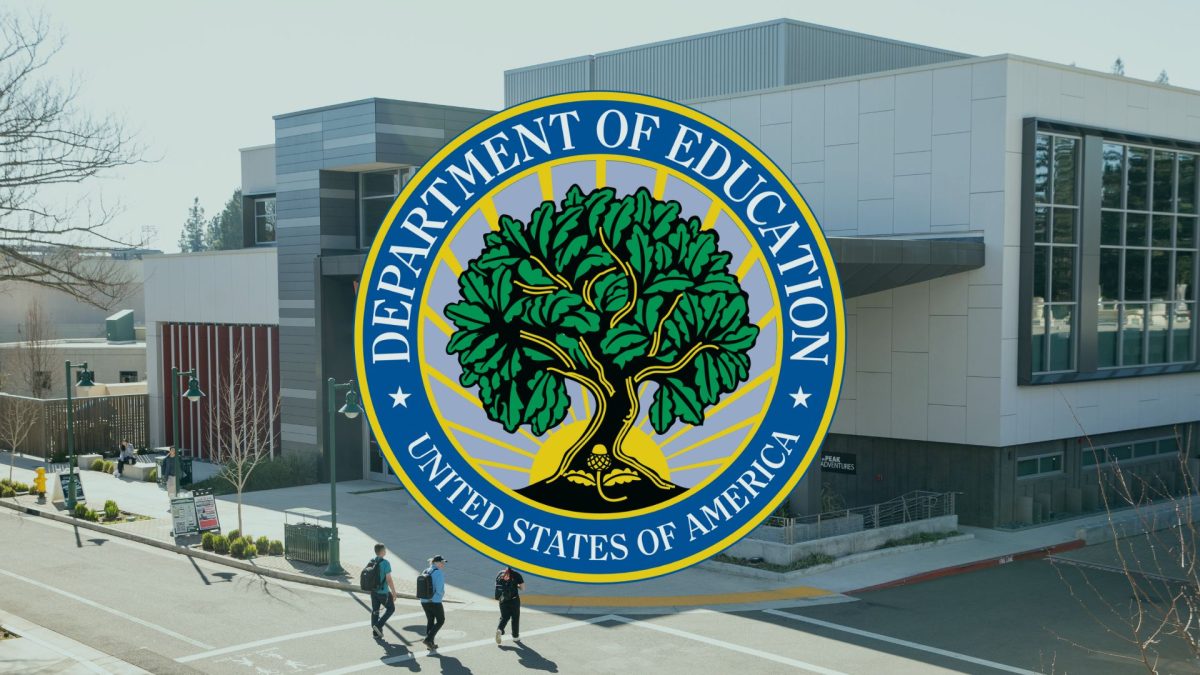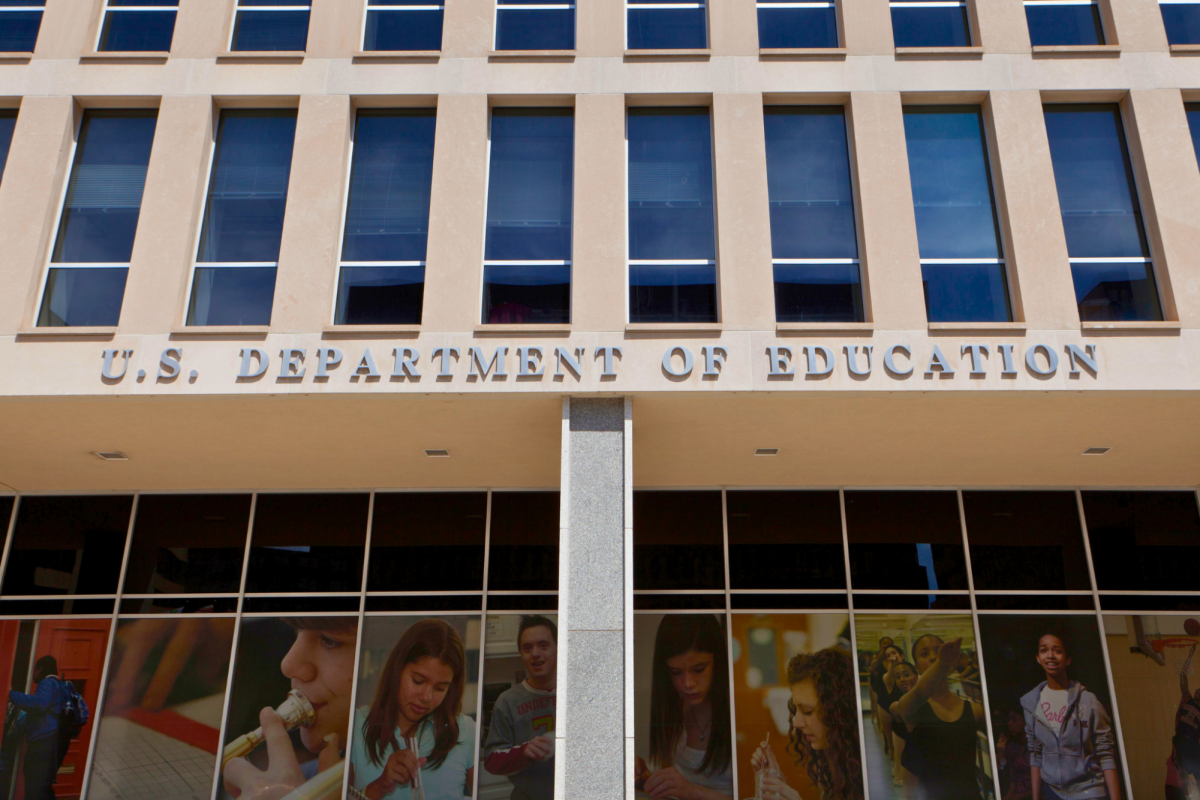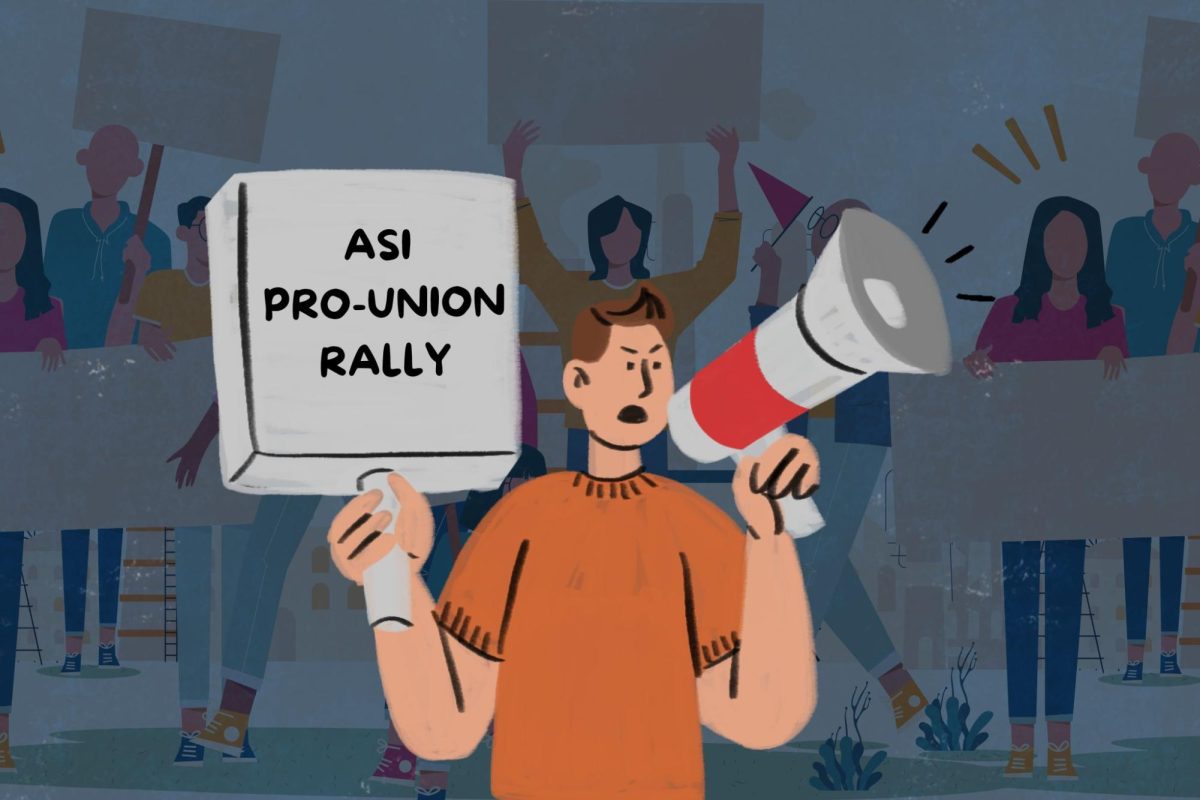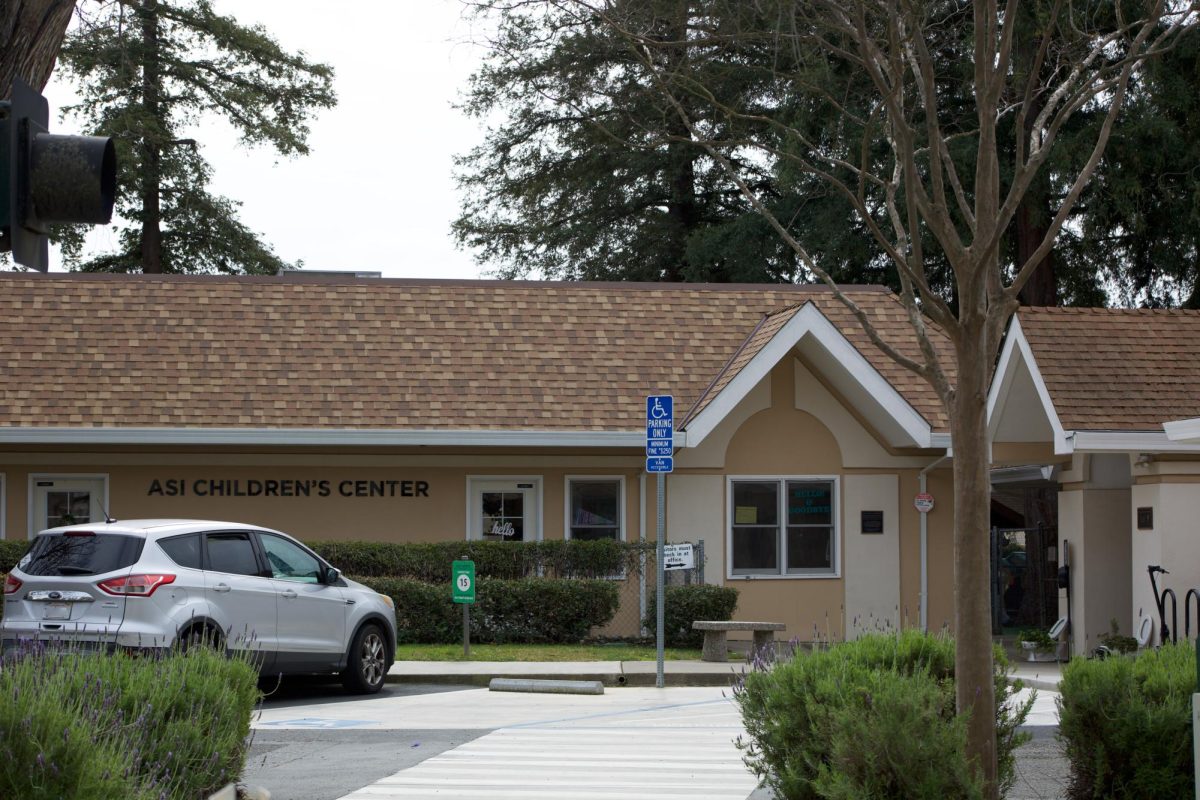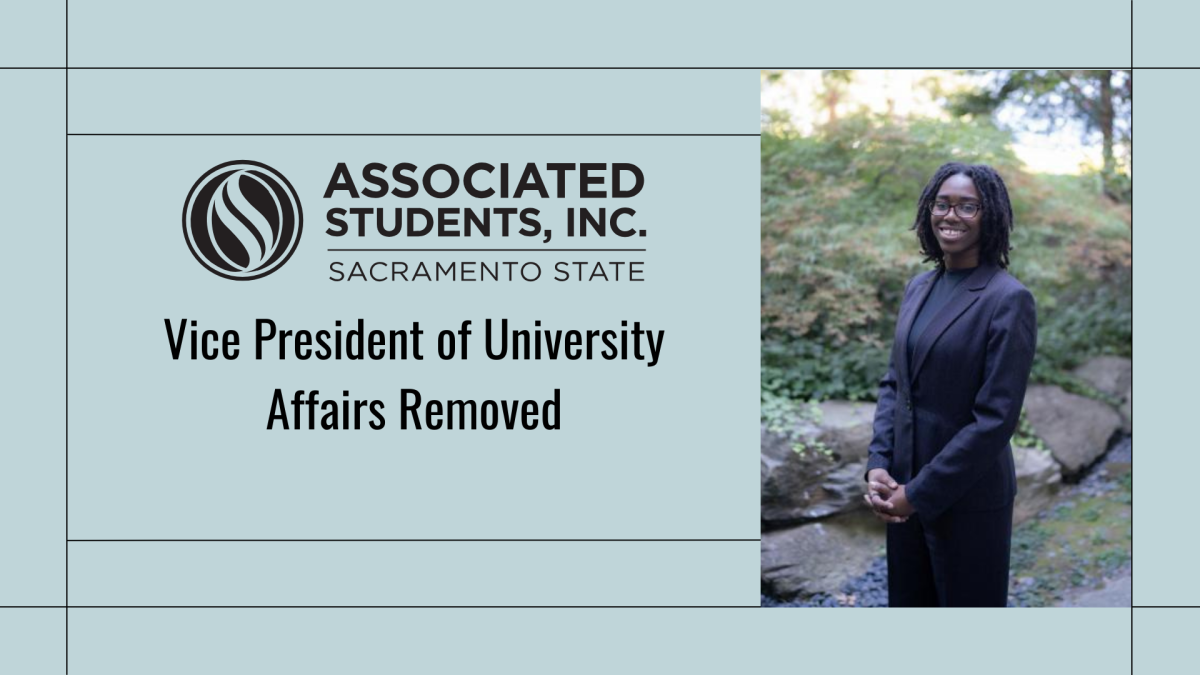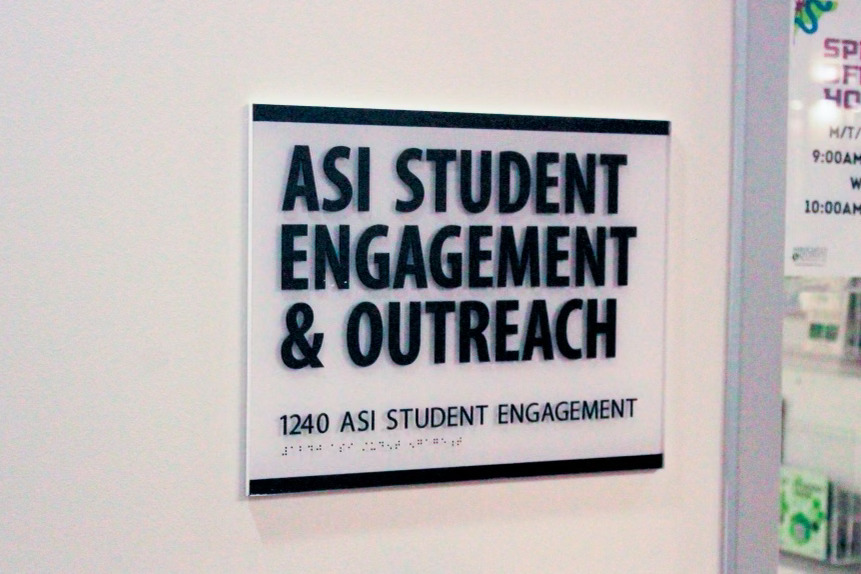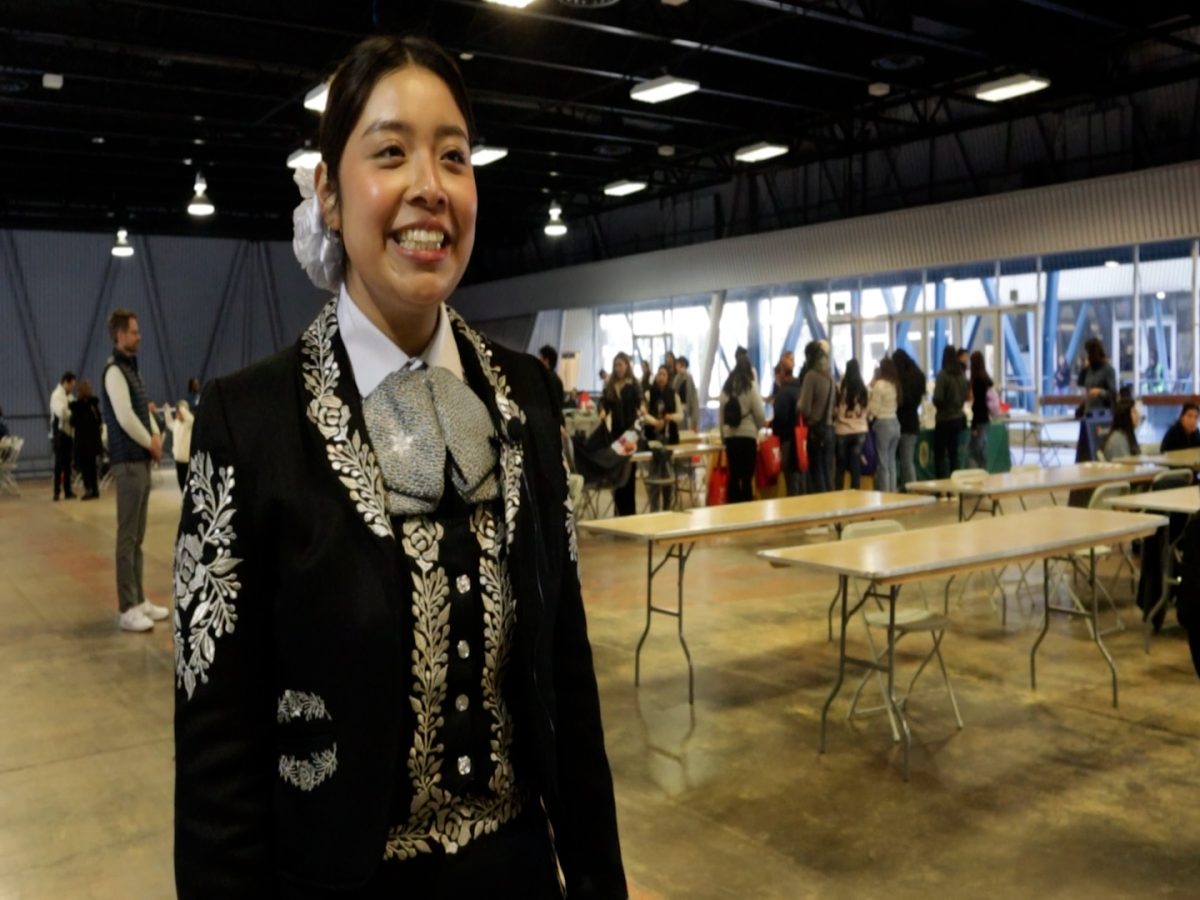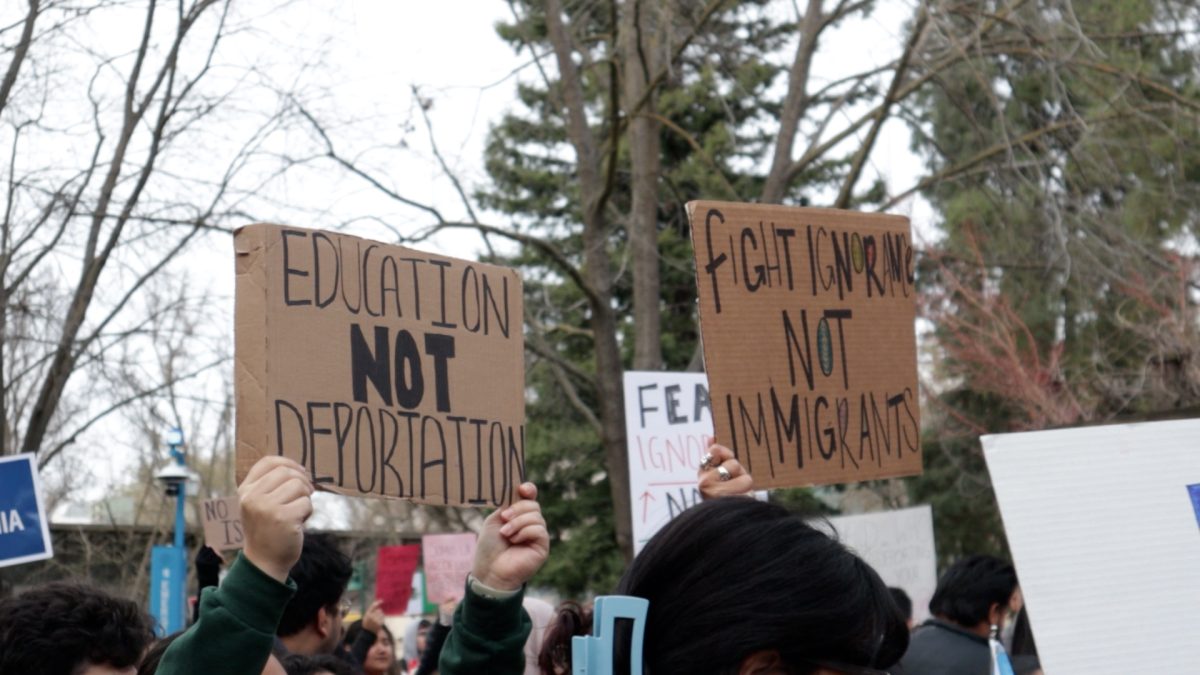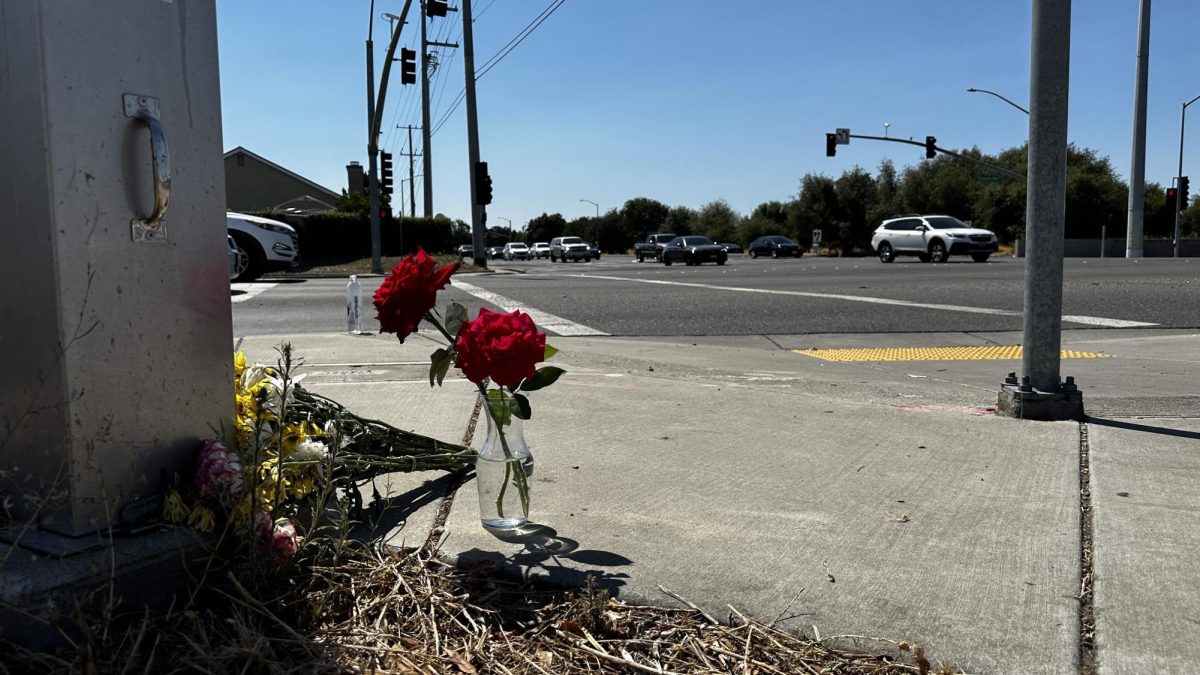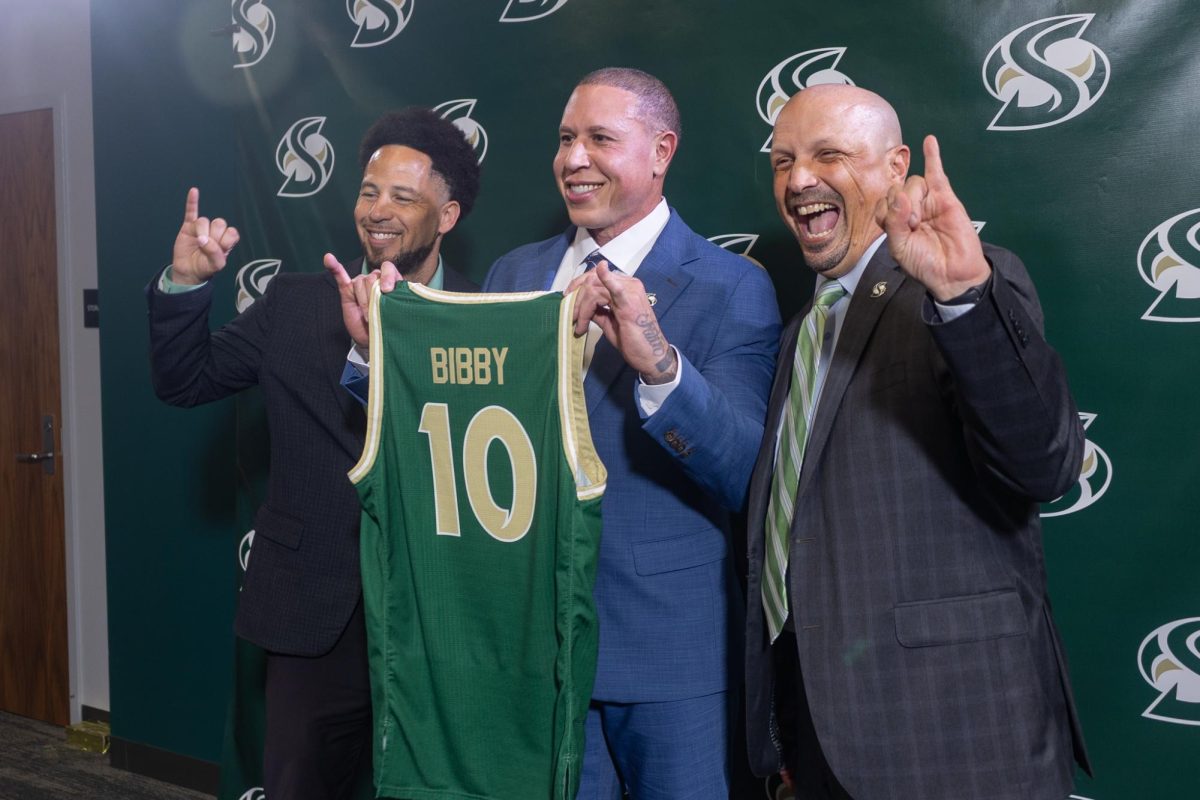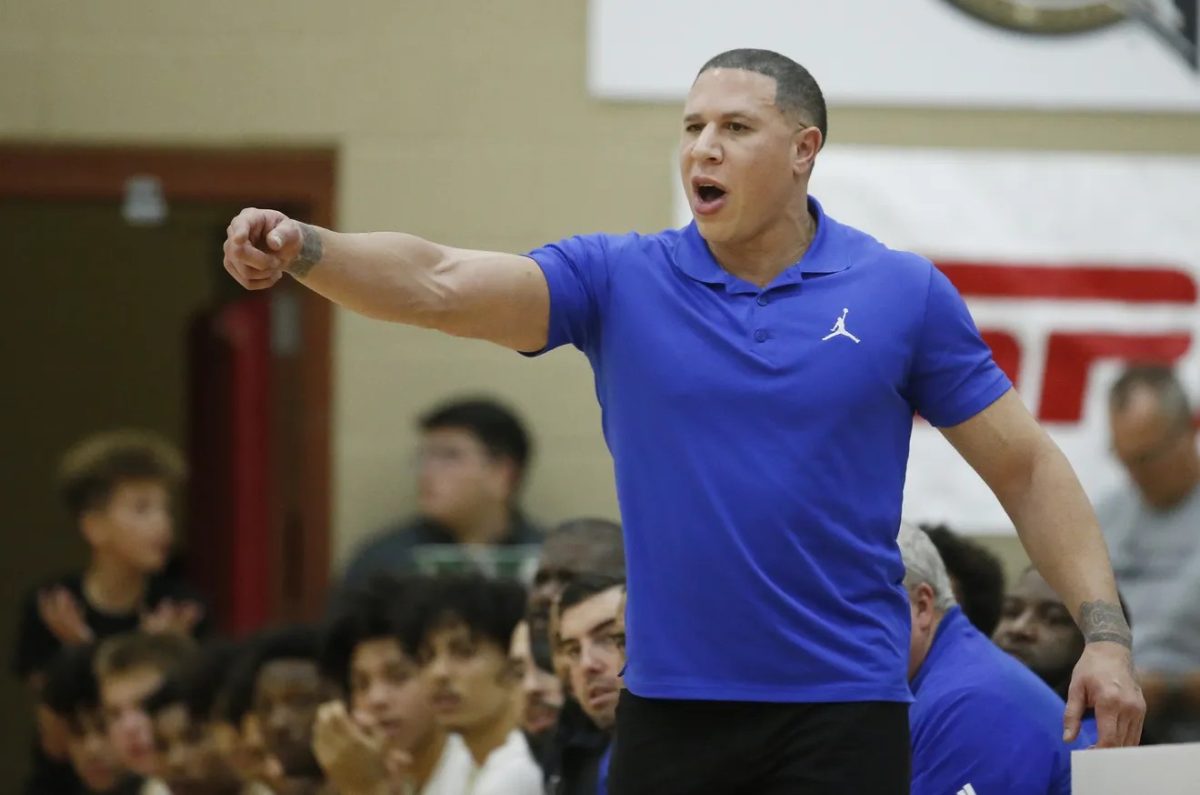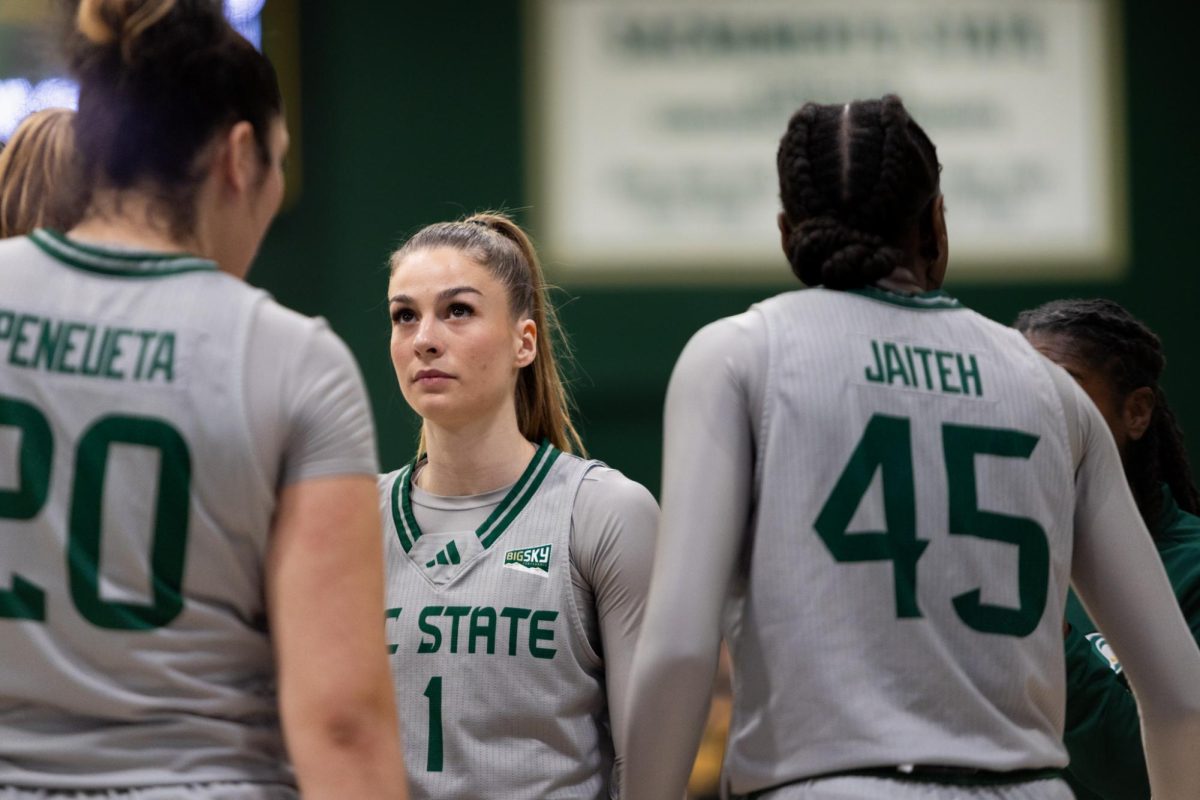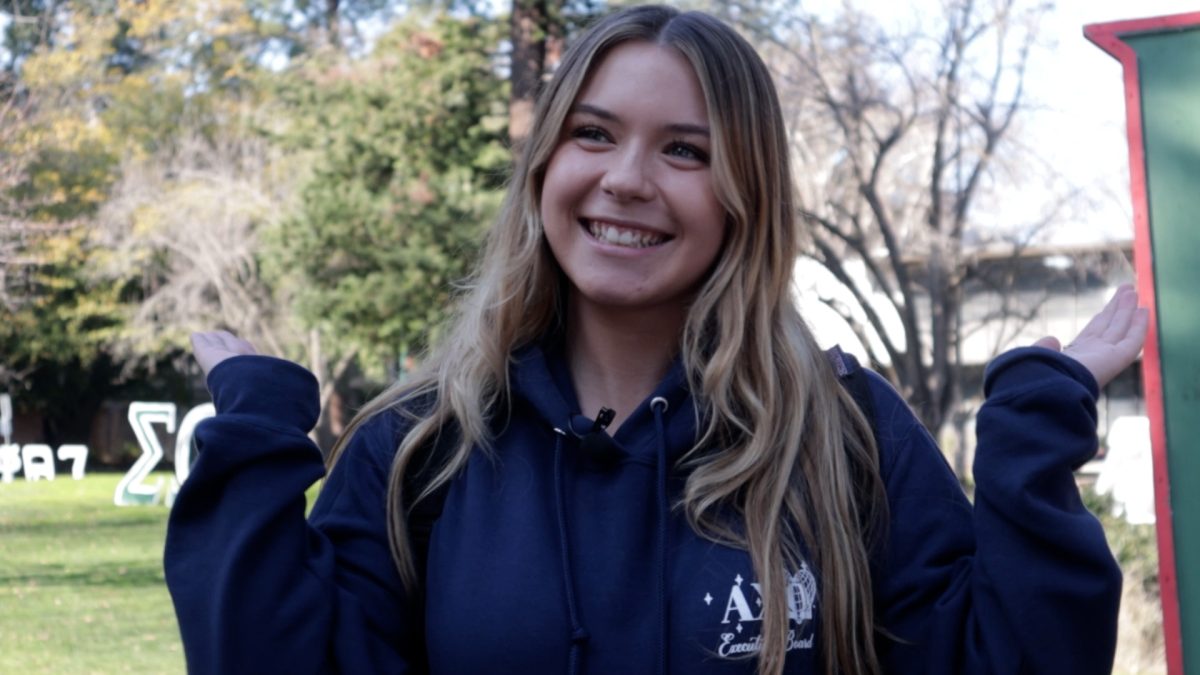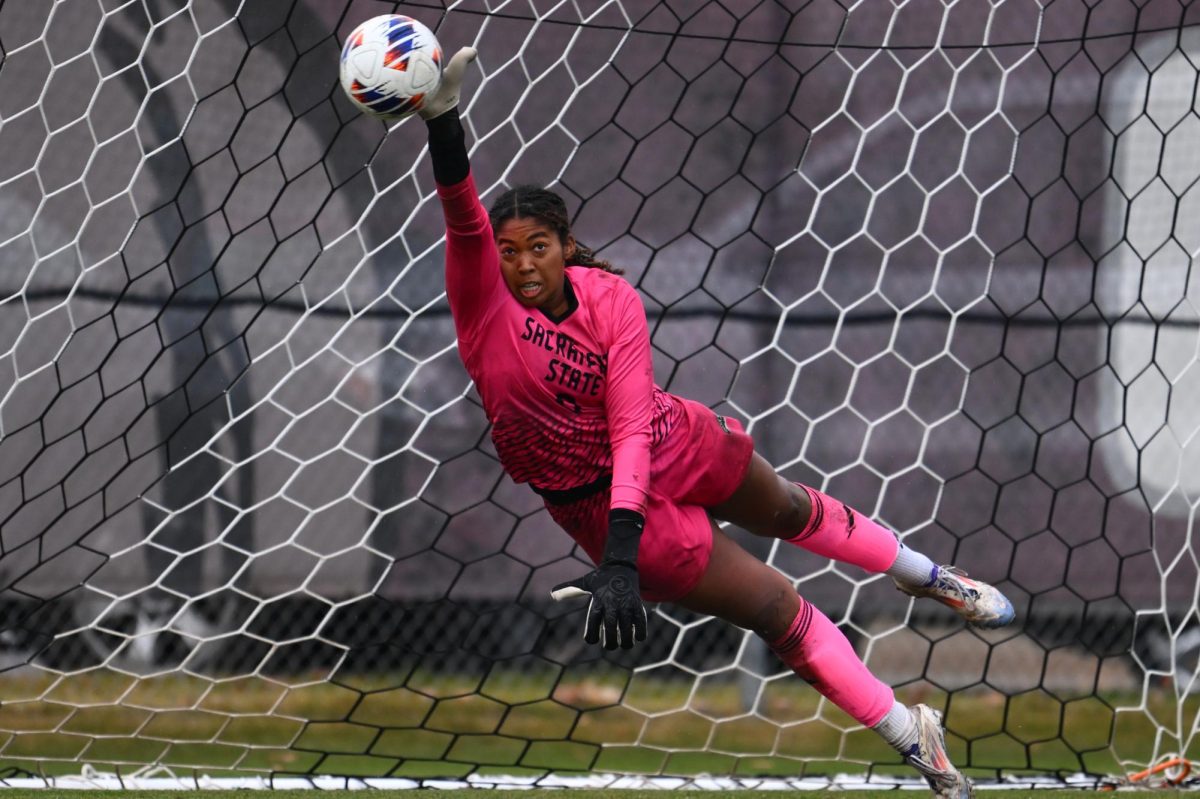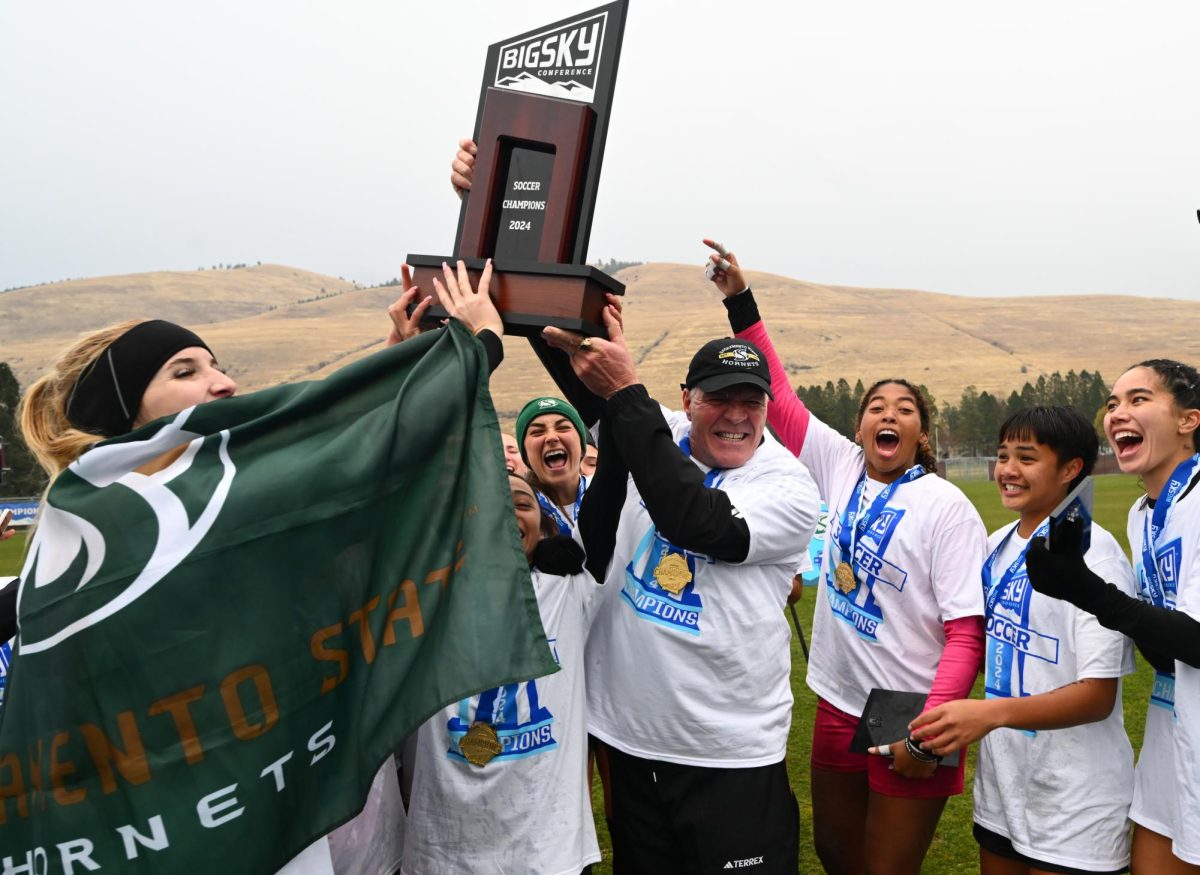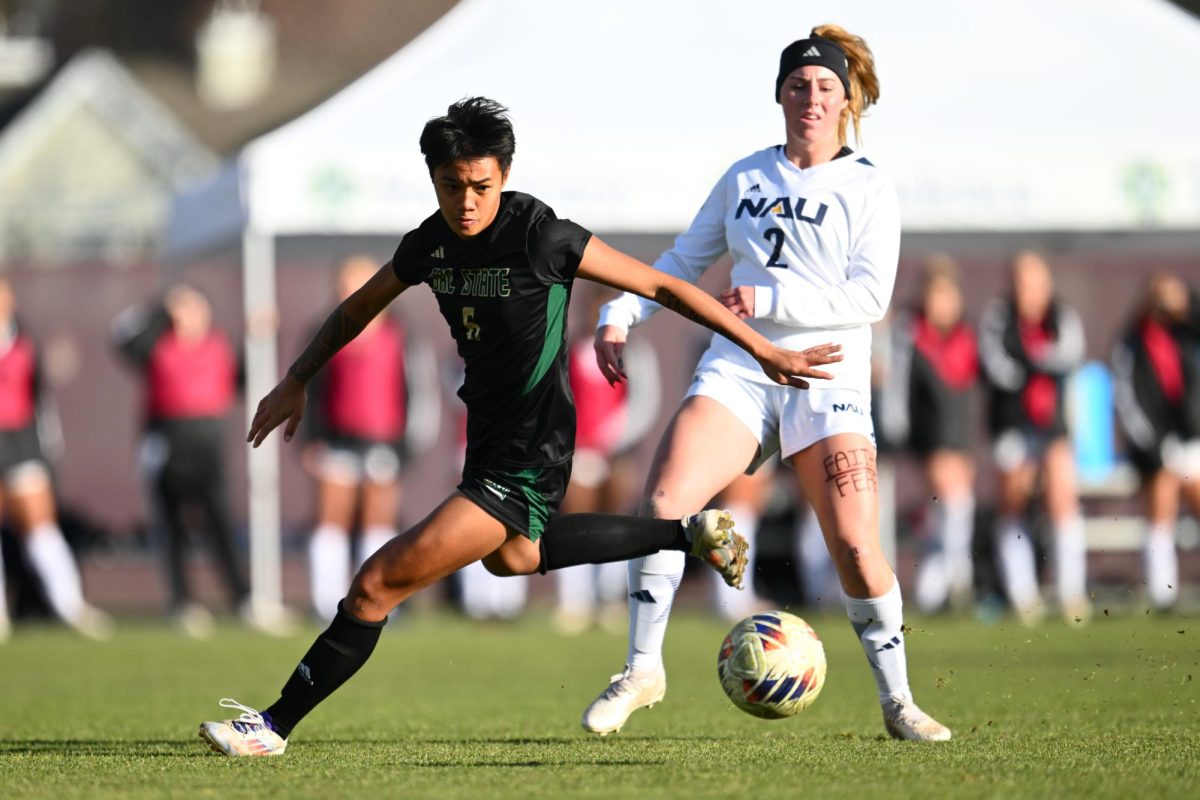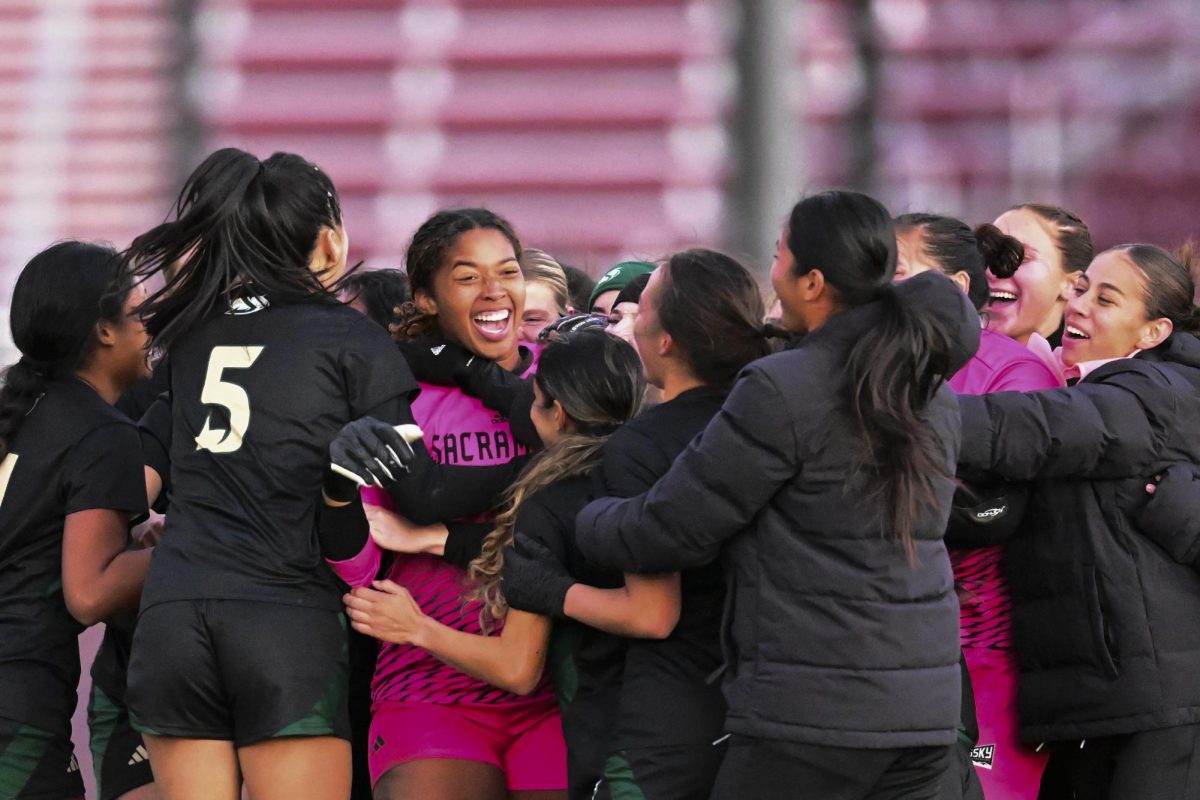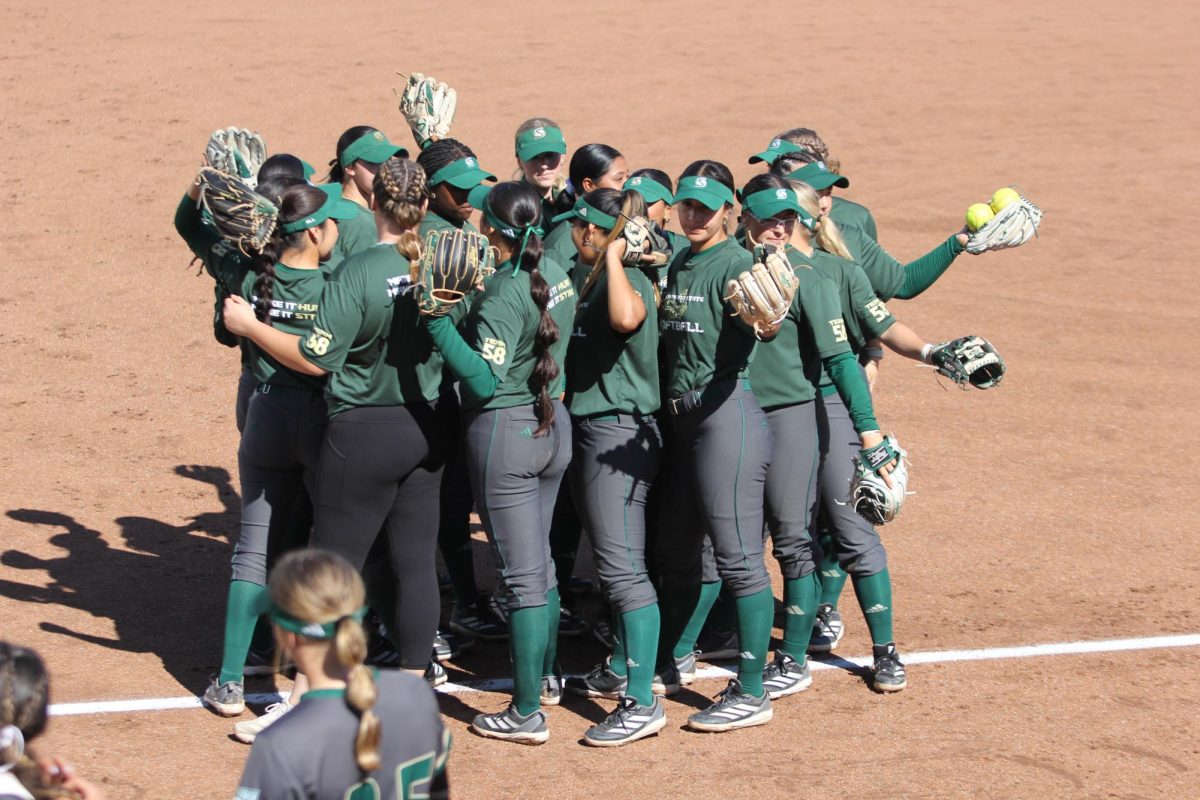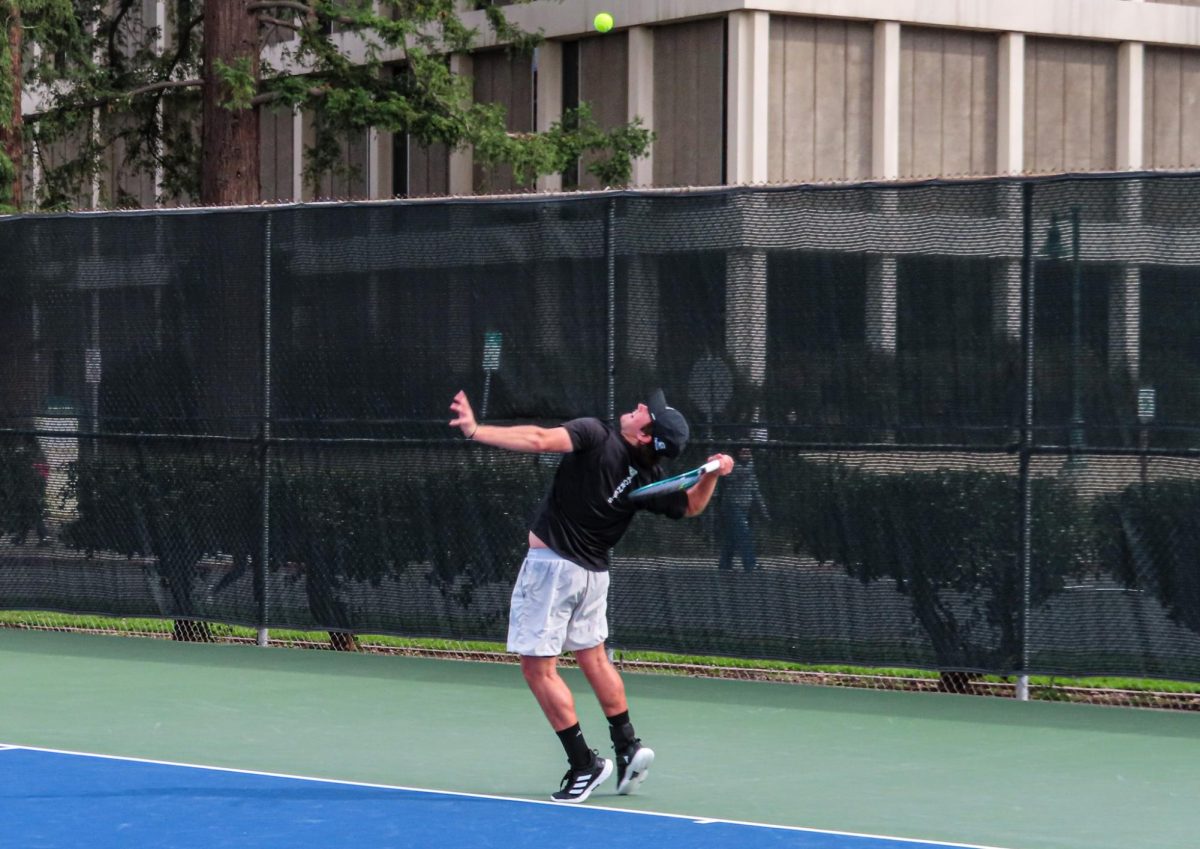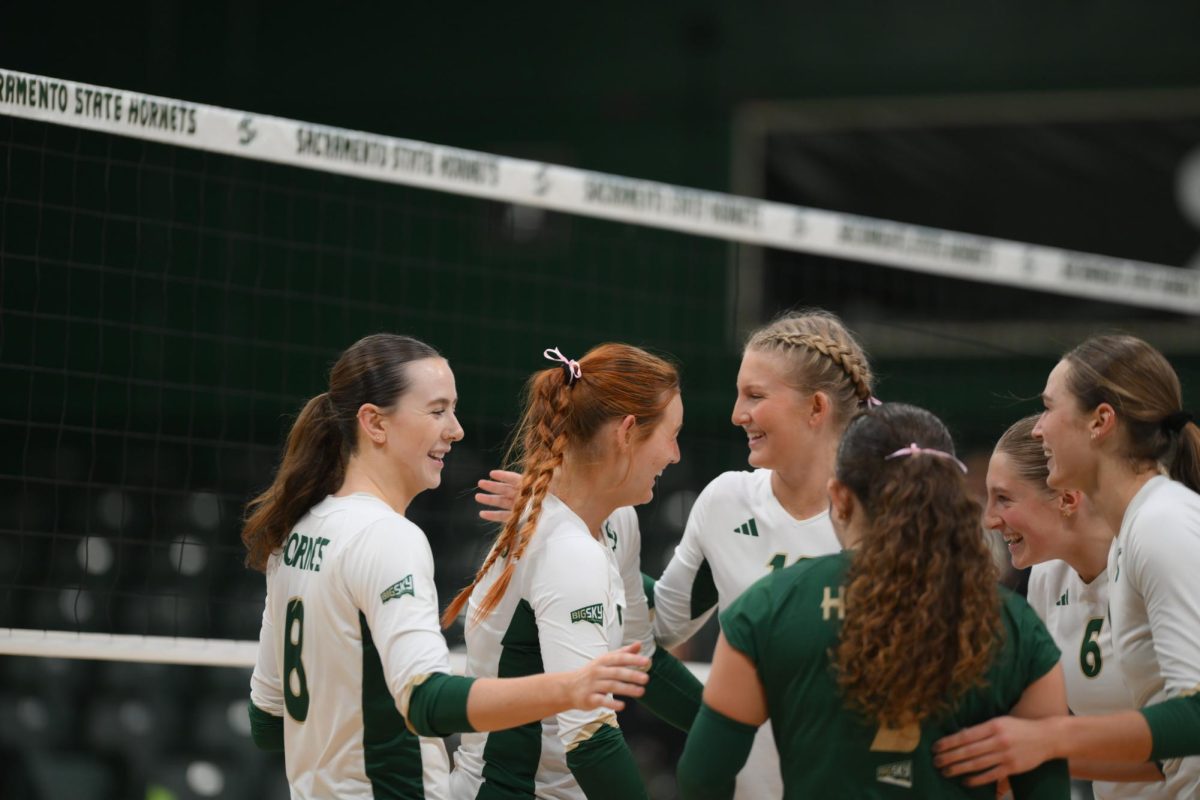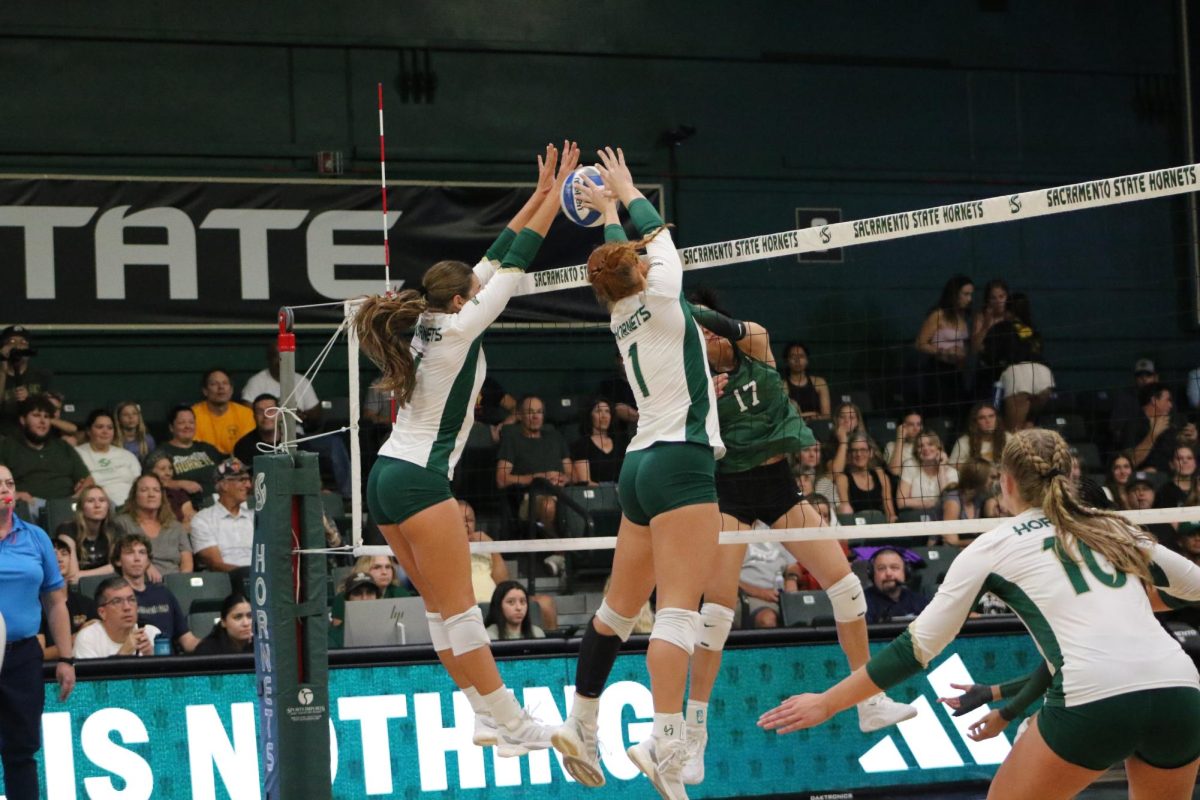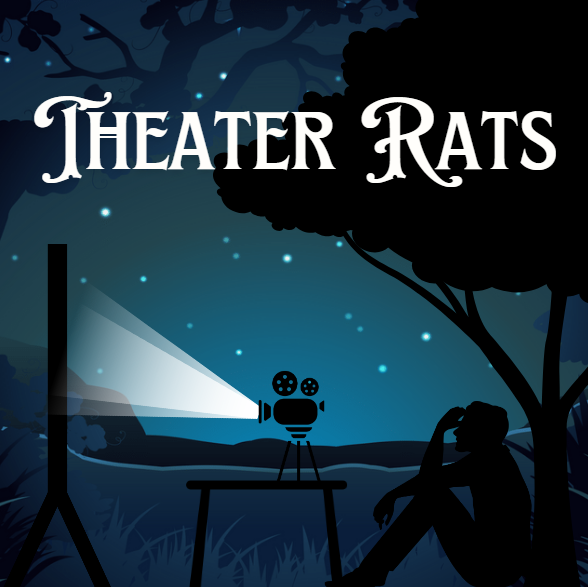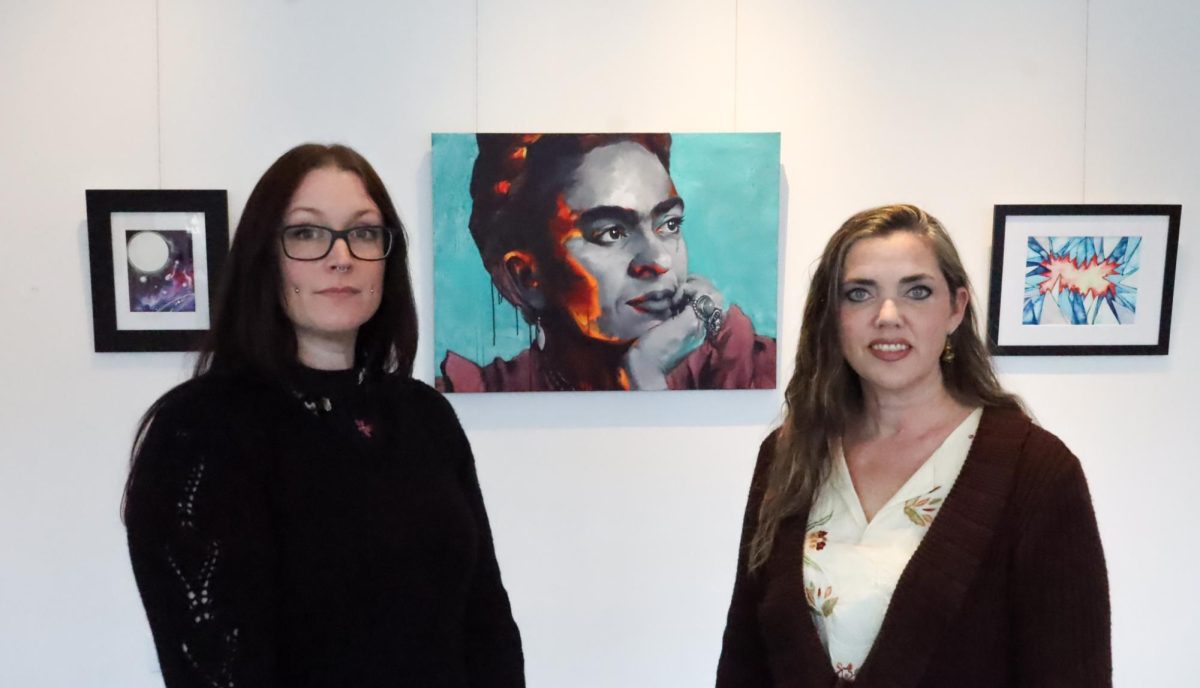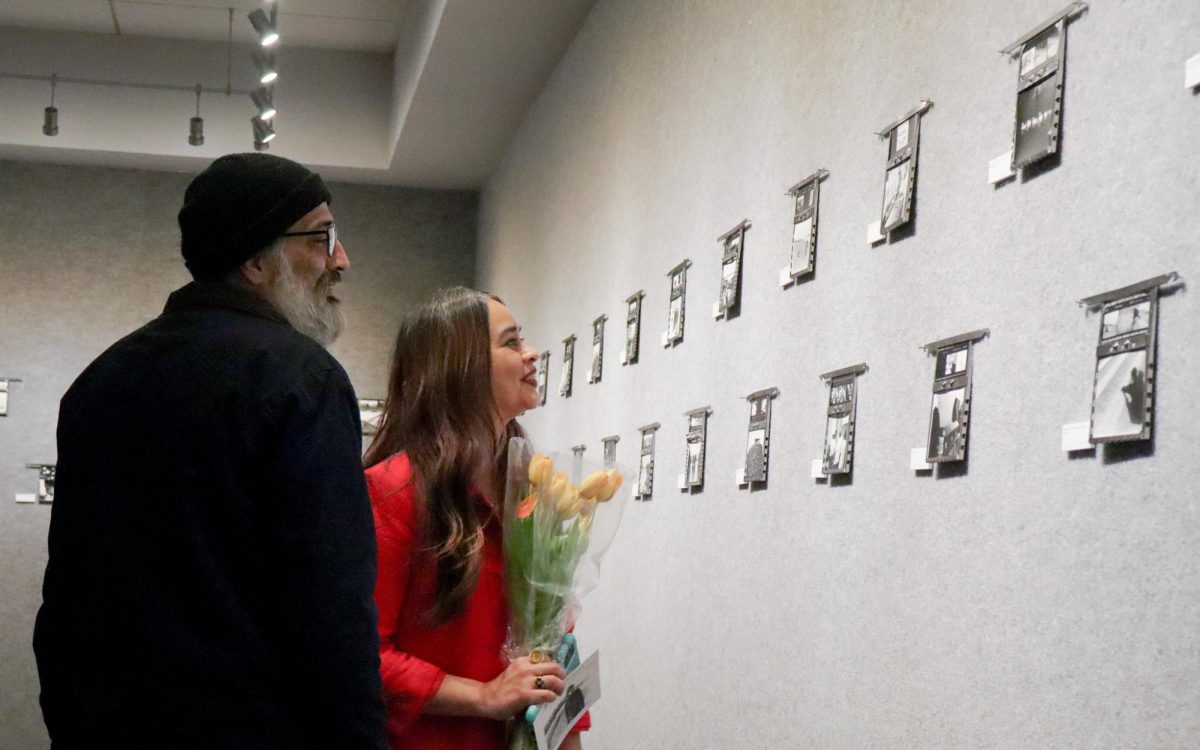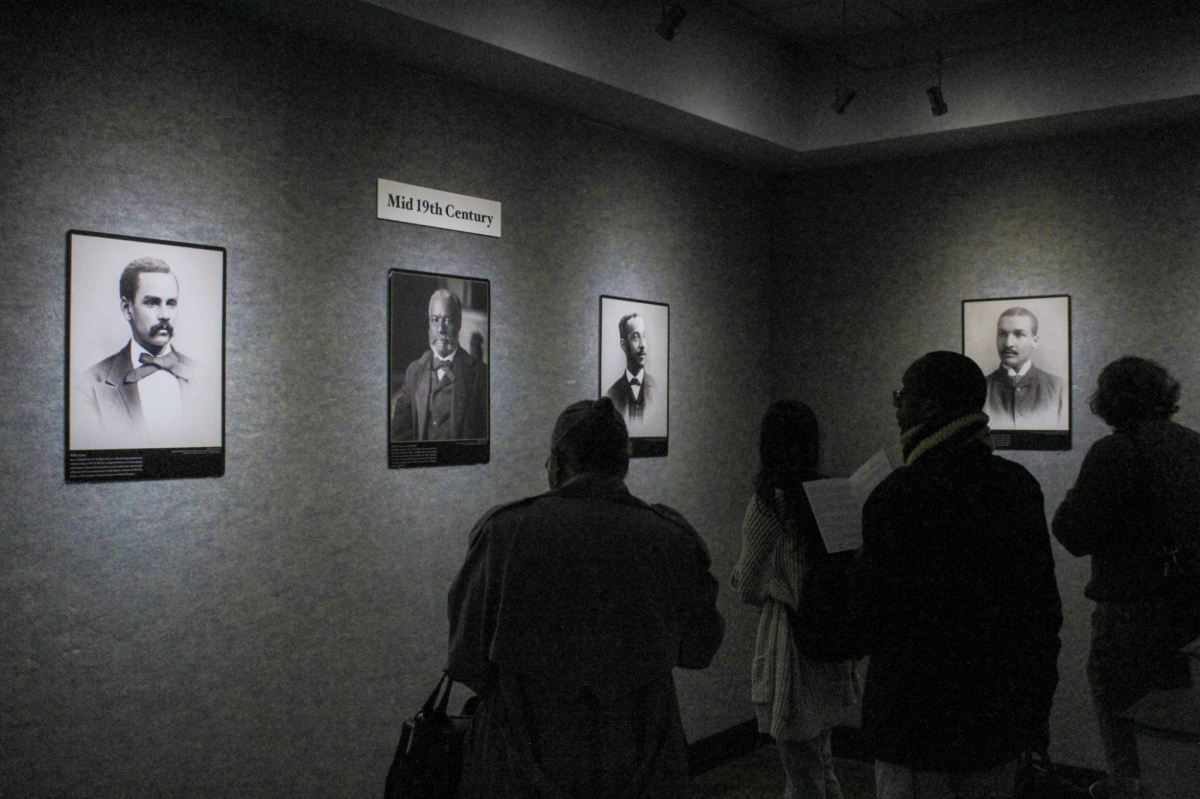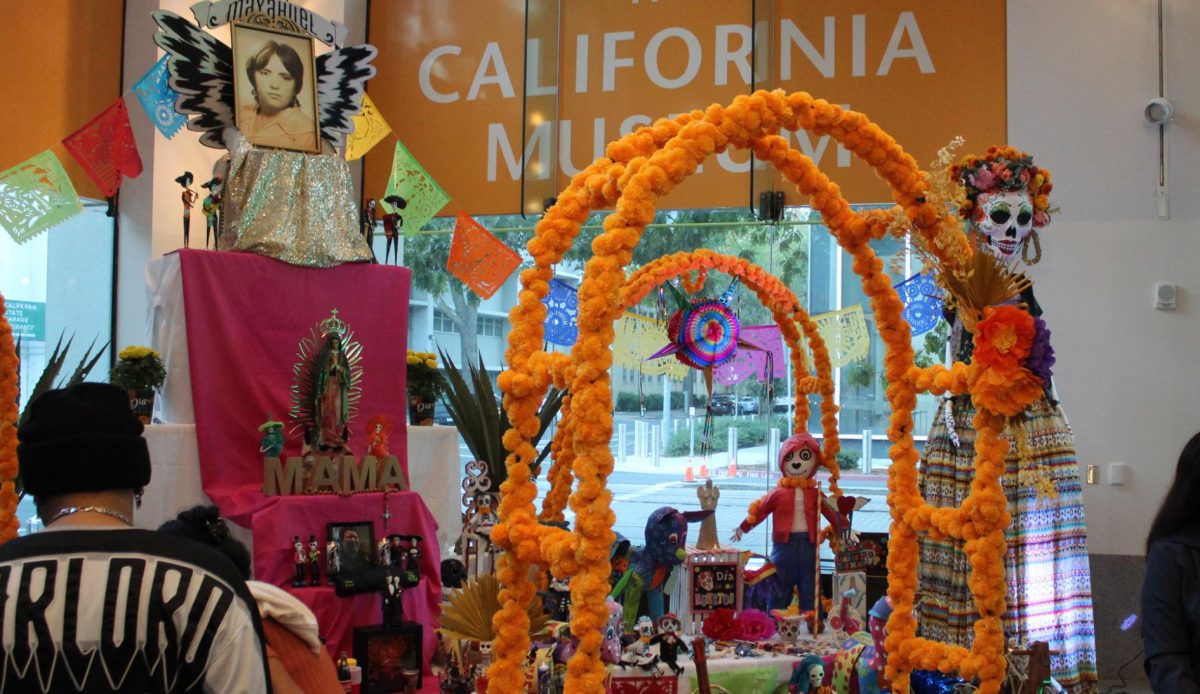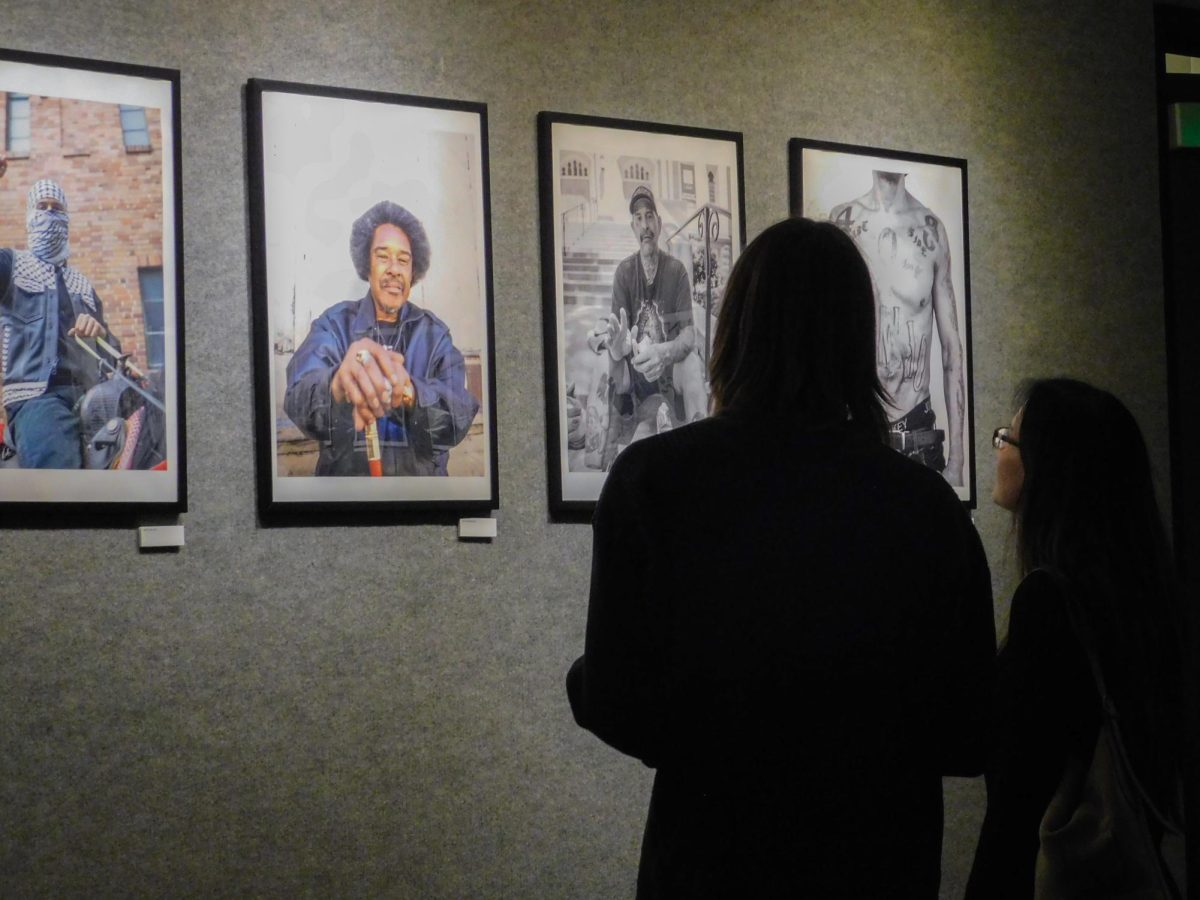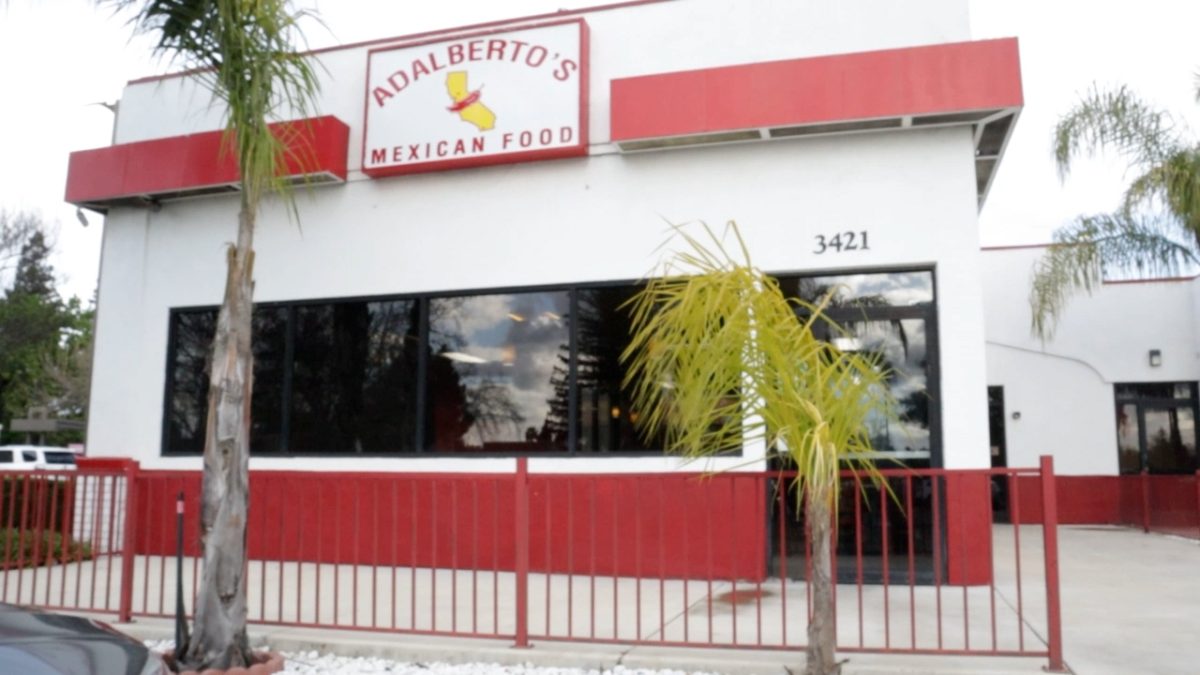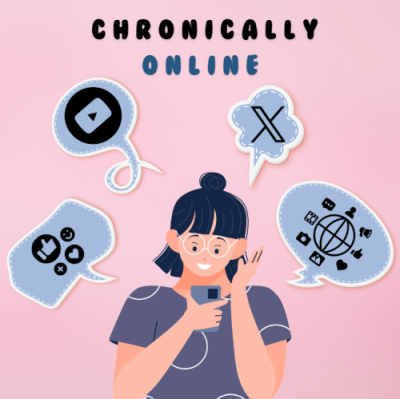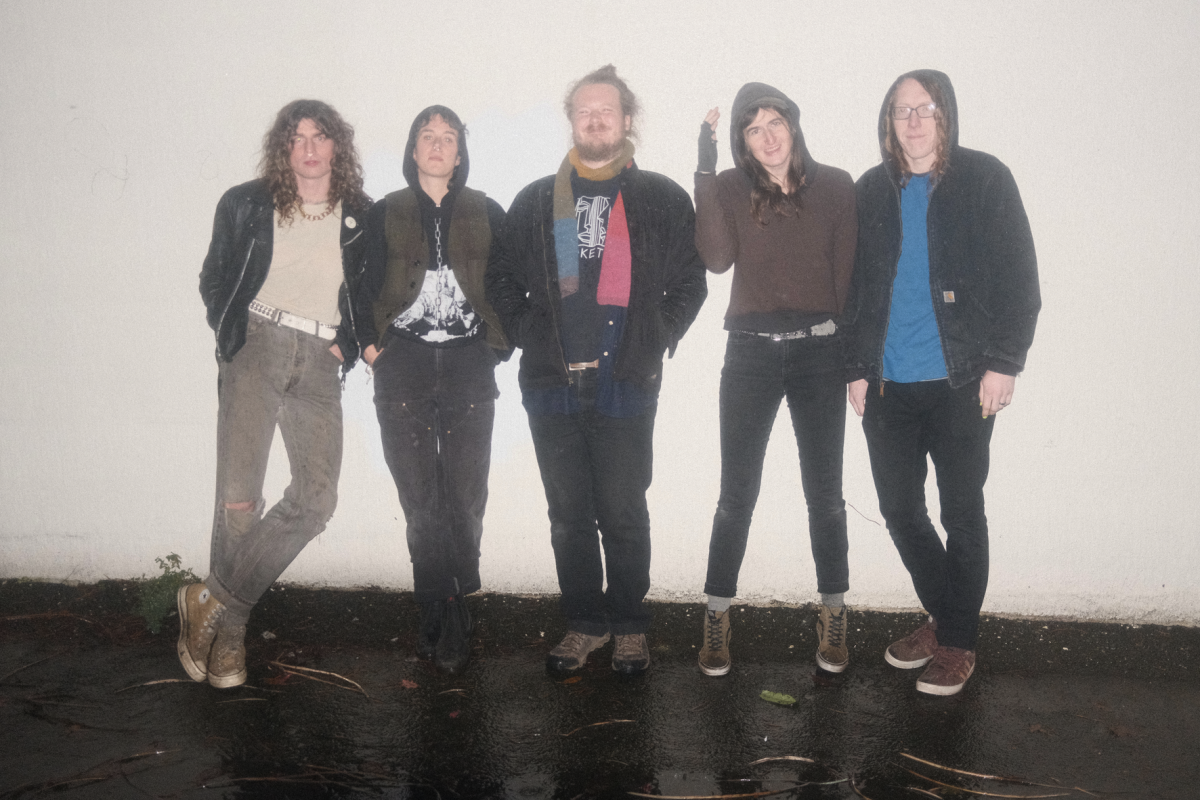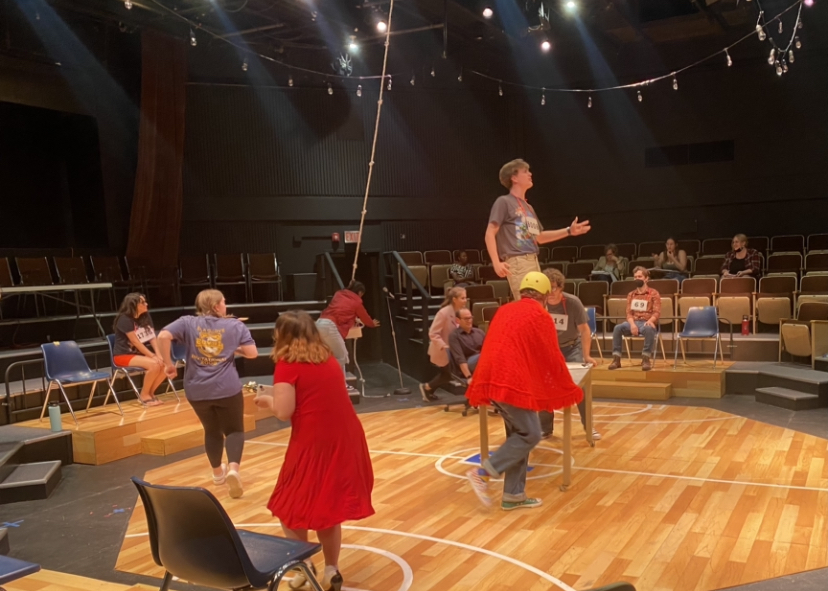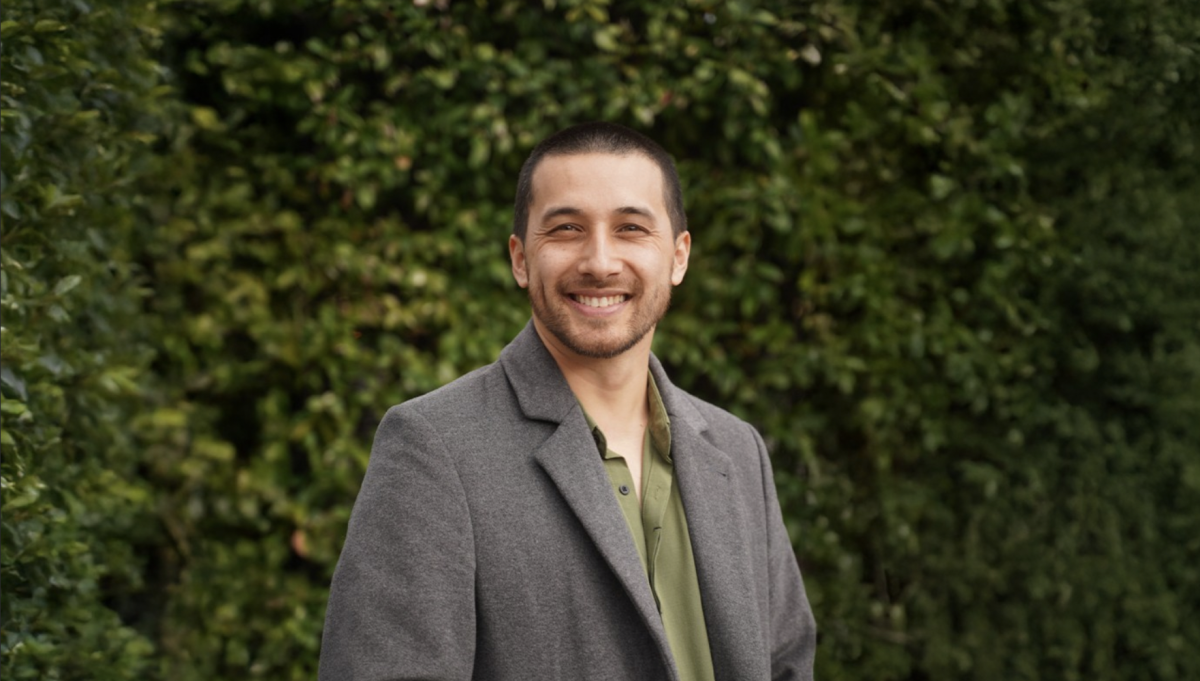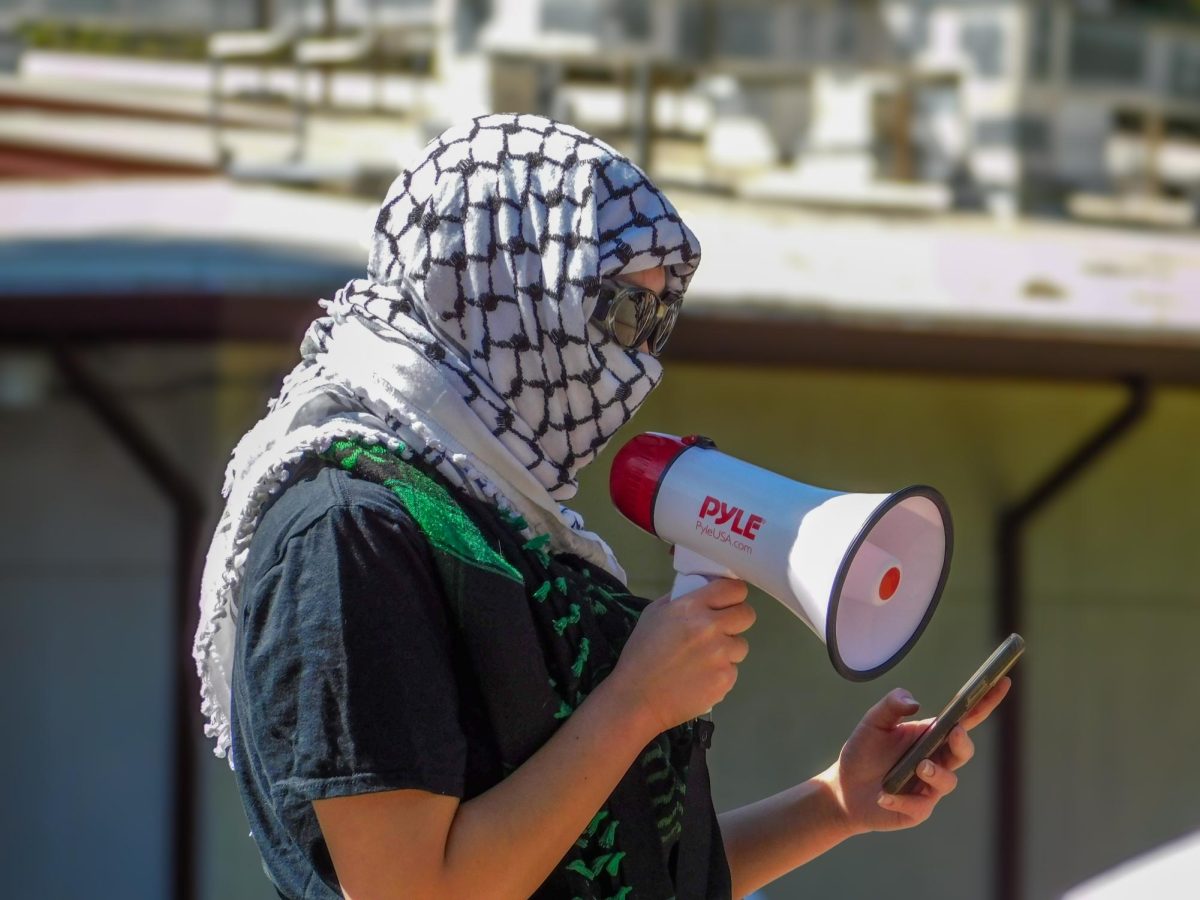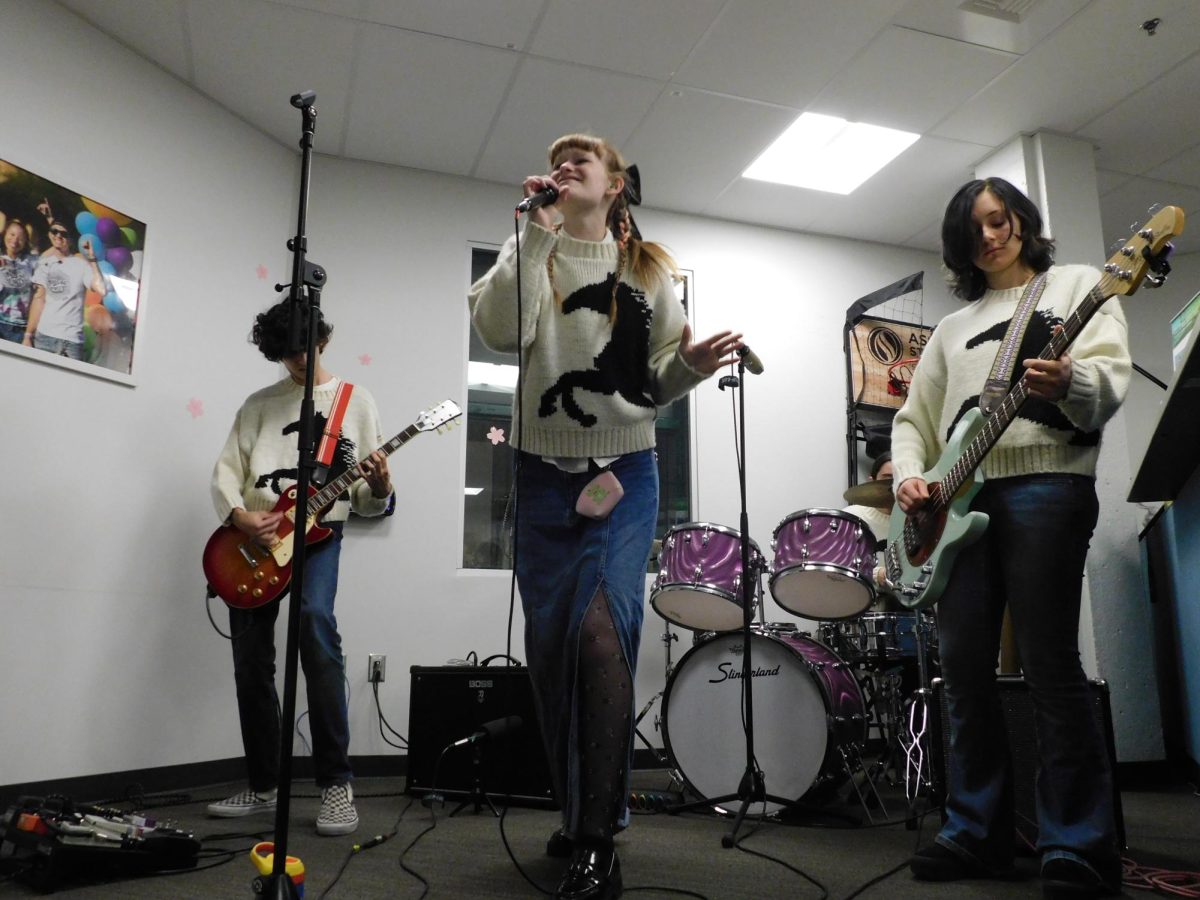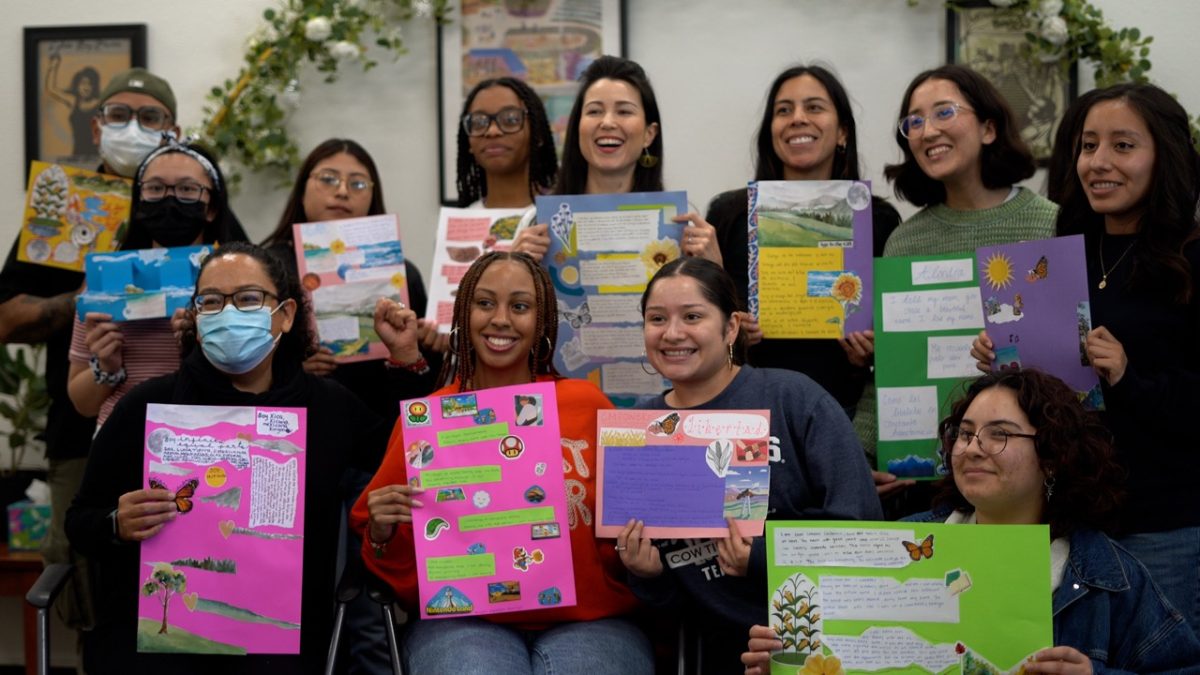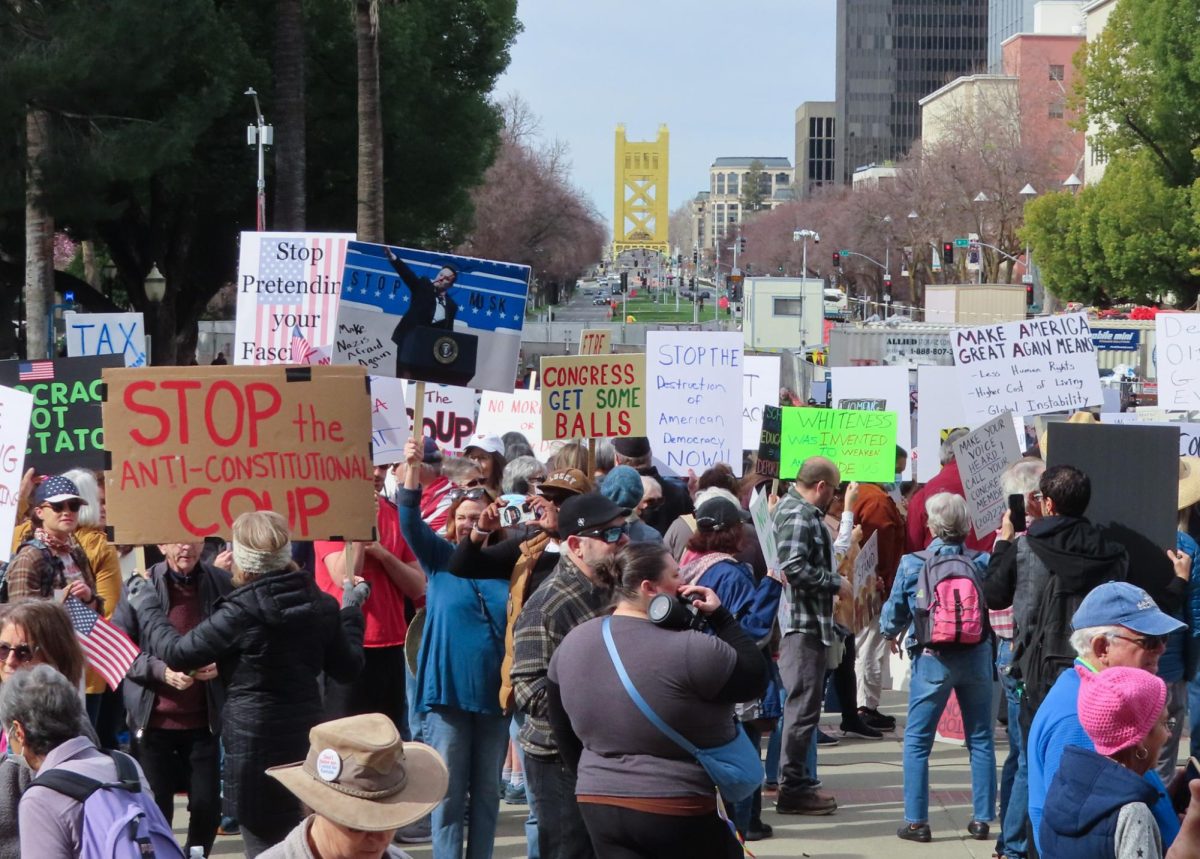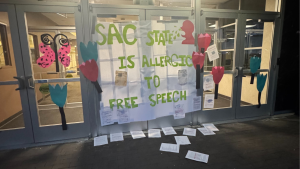Schwarzenegger may terminate Education Opportunity Program
September 29, 2006
When senior Berenice Dimas was a high school student, a college education seemed beyond her grasp. Born to immigrant parents, she never thought she’d have the financial means to attend a university.
My high school wasn’t really a place where very many people talked about college, Dimas said. You only got that information if you were in AP classes.
After finding out about the Education Opportunity Program at California State University-Fullerton, her life began to turn around for the better.
I was very clueless about college, Dimas said. I didn’t really know what it was about or what to expect until I was admitted into EOP.
Dimas, a Chicano/Chicana studies and women’s studies double major, spoke to directors, administrators, alumni and fellow students last week during the program’s first annual information panel as part of an effort to increase awareness of its importance on campus.
Founded during the civil rights movement in 1969, the EOP is a statewide program that assists low-income students with the financial and academic resources they need for a successful college experience.
Currently, the EOP program is providing financial assistance to about 2,000 CSUF students. The program offers services such as preadmission counseling, admission assistance, tutoring, career guidance and financial aid advisement. Through the program, students may qualify for a grant of up to $800.
Jeremiah Moore, director of Student Academic Services and the CSUF EOP, said that EOP and Outreach programs have always been in danger of elimination because of budget cuts, but never as much as they have been since Gov. Schwarzenegger took office.
CSUF’s EOP is given $635,000 a year, an amount Moore said has not increased in many years.
Moore said that even though EOP is among the first programs to be considered for budget cuts every year, CSUF manages to make up the loss.
This campus has not suffered as much as other campuses, Moore said. Fullerton has been very committed to equity.
Though he is almost sure the EOP program is safe for at least two more years at CSUF, Moore expects further threats to the program.
I think [legislators] are always going to say that there’s enough diversity in most campuses that they should be able to do without special programs, Moore said. I don’t think that some campuses can.
EOP has been a significant part of California higher education history, said Associate Vice President for Student Affairs Silas Abrego. It’s more important now than ever for the program to survive. We can’t allow the lack of financial aid to be an obstacle keeping students from pursuing their education.
David Sandoval, EOP director at Cal State Los Angeles, said the difference between low-income demographics now and when EOP first began is that the low-income demographic is not concentrated solely in black and Hispanic communities.
The new civil rights movement is not for black civil rights, brown civil rights, or Asian civil rights, Sandoval said, quoting civil rights leader Robert Moses. It is for educational and economic civil rights.
Dimas said students and alumni must do their part to keep the program alive. She said that even though EOP students are graduating and succeeding, not enough of them are returning to promote the program.
Dimas said that the program has inspired her to come back and work with the Summer Bridge program as a counselor for other students in situations like the one she was in after high school.
It will forever inspire me to focus on the community, she said. That is something that the program helped me understand. I was different than other people in college. I needed help — now I want to help other people.




